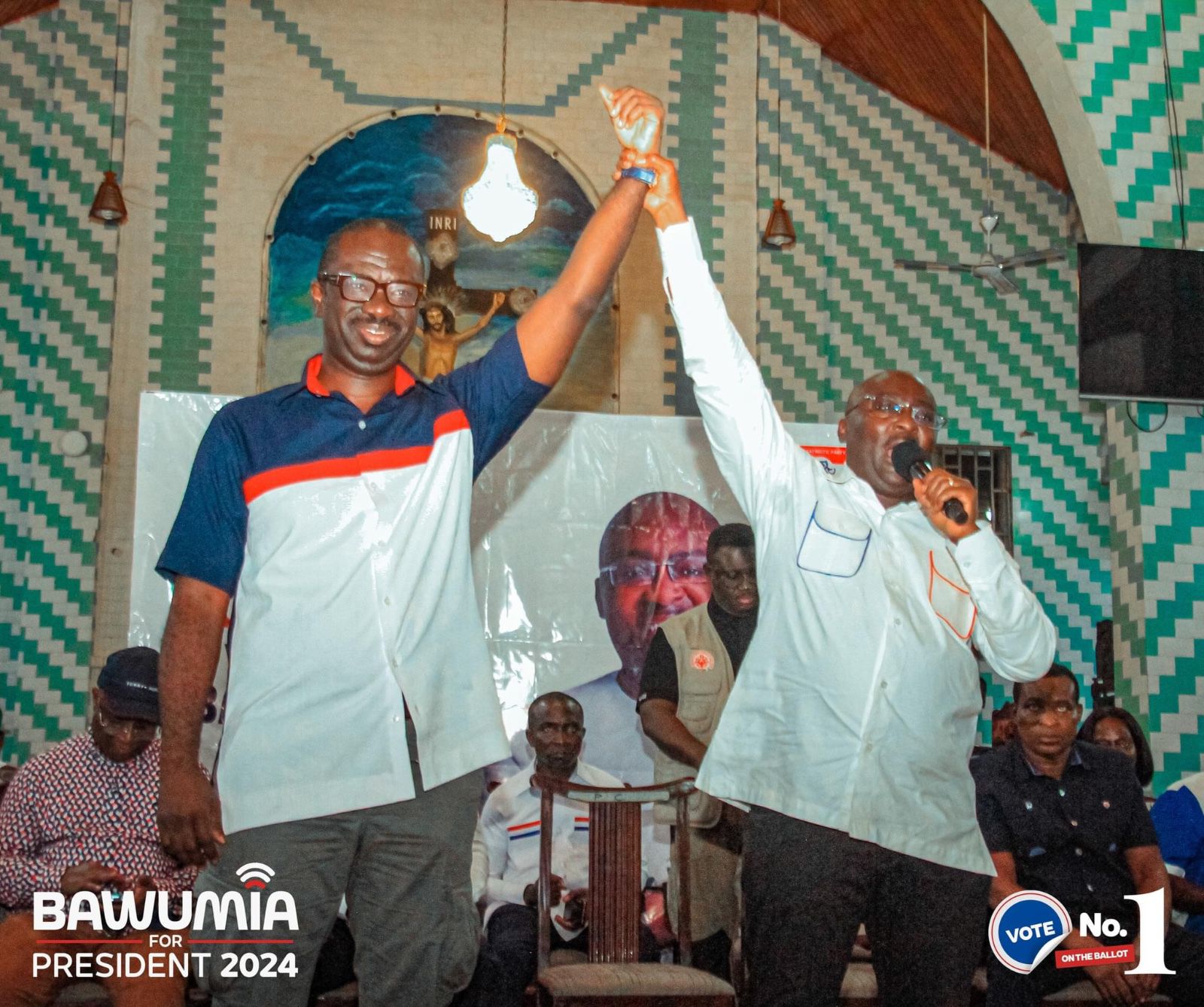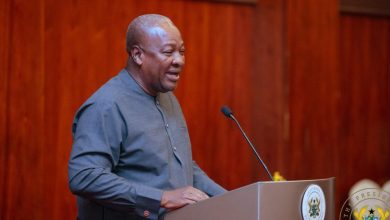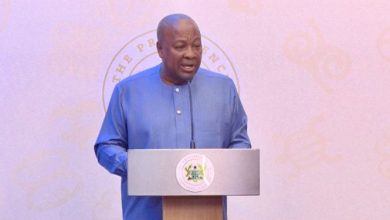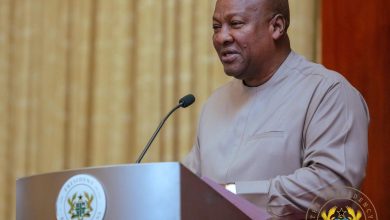Manhyia South Erupts For Bawumia; Promises To Build Krofrom Market If Elected President

Manhyia South constituency erupted for Dr Mahamudu Bawumia on Monday, November 19, as he campaigned in the constituency.
As he watched tens of thousands of party supporters mass up deep into the night to listen to him, the NPP presidential candidate remarked, “Wow, what I have seen today, I’ll sleep.”
With the crowd cheering him on, he stated, “ Give me the steer, give me the steer”.
Among party officials who welcomed Vice President Bawumia were the Manhyia South constituency chairman of the party, Richard Adjei Mensah Ofori Atta, a.k.a. Tom Tom and the parliamentary candidate, Nana Agyei Baffour Awuah.
Krofrom market
Dr Bawumia, who also addressed various engagements at the Nhyiaeso, Subin, and Asawase constituencies on the day, promised to build the Krofrom market if elected President.
He said there is a lot of work he plans to do if he becomes President. He urged the electorate to also vote for the parliamentary candidate, Nana Baffour Awuah.
Dr Bawumia also promised to train 5,000 youth in digital skills in the constituency to make them gainfully employed.
He therefore urged the youth , and indeed the entire electorate to come out in their numbers and vote number 1 on December 7, 2024.
Mahama’s poor record
The NPP presidential candidate described the erstwhile Mahama government as a failure. That was a government that failed to provide common chalk for schools. A man with such an abysmal record cannot be trusted to lead the country in the next phase of its development.
Dr Bawumia was grateful for the welcome, and expressed confidence that the energetic embrace of his new vision and problem-solving bold solutions will be evident on December 7.
90% promise
Addressing the party supporters, Nana Baffour Awuah gave an assurance that the constituency will deliver 90 percent of the votes to the NPP in the elections. That, he said, would be a show of appreciation to the government for the numerous developmental projects in the constituency.














